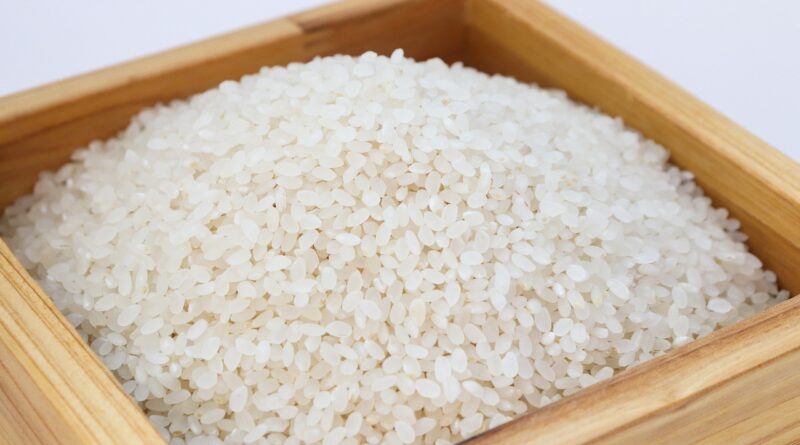After record heatwaves, Bihar’s paddy farmers in distress due to poor monsoon rainfall third year in a row
By Mohd Imran Khan
Hundreds of thousands of farmers in Bihar have been struggling with poor monsoon for the third consecutive year. Disappointed by scanty rainfall so far, what further distresses the cultivators is that the Patna-centre of India Meteorological Department (IMD) has shared a weather update which mentioned that heavy rainfall is unlikely in the next two weeks.
After the conclusion of three months in the ongoing monsoon season, as of now, Bihar has recorded 26 per cent less than the normal rainfall from June 1 to September 2, as per the latest data recorded by the IMD.
Paddy farmers fear that this is likely to affect production of their crops. For a good harvest to be secured, a normal monsoon rainfall is much needed for the majority of farmers in Bihar who depend on rain-fed cultivation.
“As of Monday (September 2) Bihar has recorded 585 millimetres (mm) of rainfall against the normal 789.6 mm rainfall, which is 204.6 mm less. This rainfall deficit is not good news for farmers. Going by the trend of ongoing monsoon rains, rainfall deficit is likely to remain around 25 per cent if there is no heavy to medium rains this month,” SK Patel, a weather scientist at IMD Patna told Down To Earth (DTE).
Patel added that there is little chance of good rains across the state except at one or two places during the first half of September.
“Monsoon has weakened in the state due to a weather system developed in the Bay of Bengal,” he explained.
The flood-prone state has recorded a 52 per cent rainfall deficit in June, 29 per cent in July and four per cent in August, according to IMD data.
Despite poor monsoon, the laborious farmers completed transplantation of paddy seedlings in their fields with the help of groundwater sources.
Race against time for paddy cultivators
The month of August was good for paddy as rainfall was far better than the previous two months.
“But now uncertainty looms in September due to a prevailing weak monsoon system weak. We will have a hard time struggling to save standing paddy crops if there is no good rain by the end of September,” Maheshwar Rai, a marginal farmer from Muzaffarpur district’s Minapur, told DTE.
Rai’s woes were echoed by Harshankar Singh, a marginal farmer from Samastipur’s Rosera. “We completed paddy transplantation in July itself but now worry about saving the crops. Farmers are praying for good rains. Poor rains in September will heavily impact us. It is extremely sad to see our crops failing despite our best efforts,” Singh told DTE.
“Adequate watering is a must for paddy during saawan [monsoon] and bhaadon [late monsoon]. Crops will dry or get damaged if water is inadequate,” he added.
Changing weather patterns threaten agriculture
Only four districts including Arwal, Sheikhpura, Aurangabad and Gaya recorded above normal rainfall this year, as informed by IMD-Patna.
Ironically, these four districts, situated in south Bihar are prone to droughts.
However, more than 15 districts including Bhagalpur, Madhubani, Darbhanga, Muzaffarpur, Sitamarhi, Begusarai, Saharsa, Purnea, Samastipur, Chapra, have recorded a rainfall deficit of 35 per cent.
All of them are flood prone districts of north Bihar. Patna has recorded 38 per cent less than normal rainfall till date.
Officials of the state agriculture department informed DTE that 33 of 38 districts recorded less than normal rainfall till September 2.
This year, the transplantation of paddy seedlings was completed in more than 95 per cent of the total target as the government estimates the paddy acreage to be 3.654 million hectares this year.
According to the official data maintained by IMD, Bihar recorded 760 mm rainfall against normal rainfall of 1,017 mm in 2023 and received 683 mm rainfall in 2022.
It is worth highlighting that in the last 10 years, Bihar recorded surplus rainfall only thrice. The state recorded 1050 mm rainfall in 2019, 1272 mm in 2020 and 1044 mm in 2021.
Erratic rainfall patterns during the ongoing monsoon raised concerns among paddy farmers as well among climate change scientists.
Climate scientists mentioned that the poor monsoon in Bihar is a clear indication of changing rainfall pattern.
Abdus Sattar, a senior scientist at the Centre for Advanced Studies on Climate Change at the Pusa-based Rajendra Prasad Central Agricultural University, told DTE that good rainfall in the coming days is critical to save paddy.
“The rainfall pattern has changed significantly in the state due to an adversely changing climate. It is likely to continue and will badly affect kharif crops. Farmers will have to go for alternative crops to adapt with the changing times,” the expert noted.
An estimated two-thirds of Bihar’s 120 million people depend on agriculture
This article has been republished from The Down to Earth.

